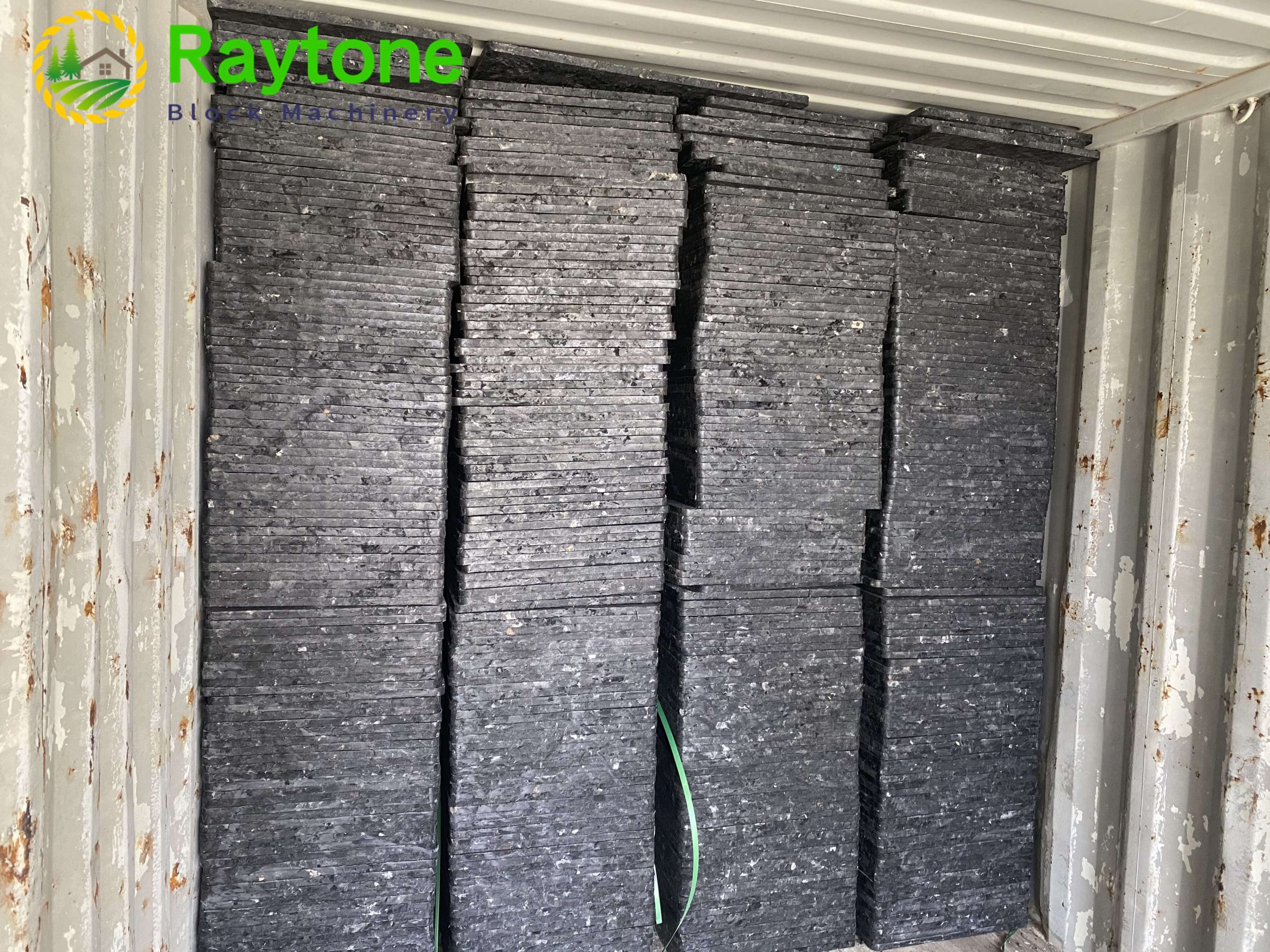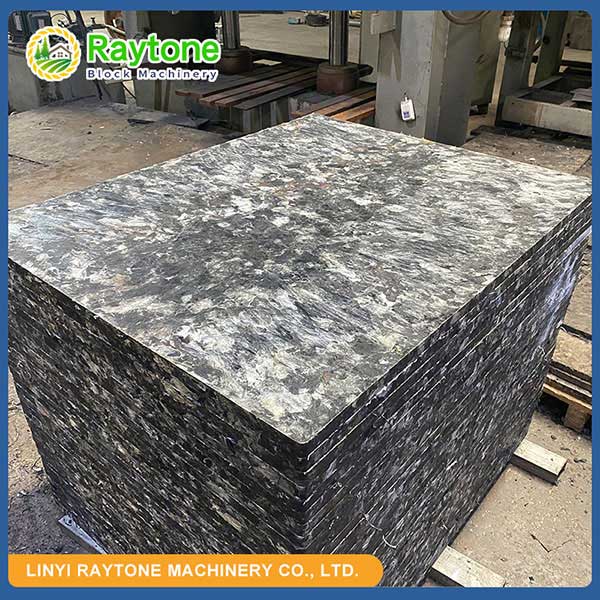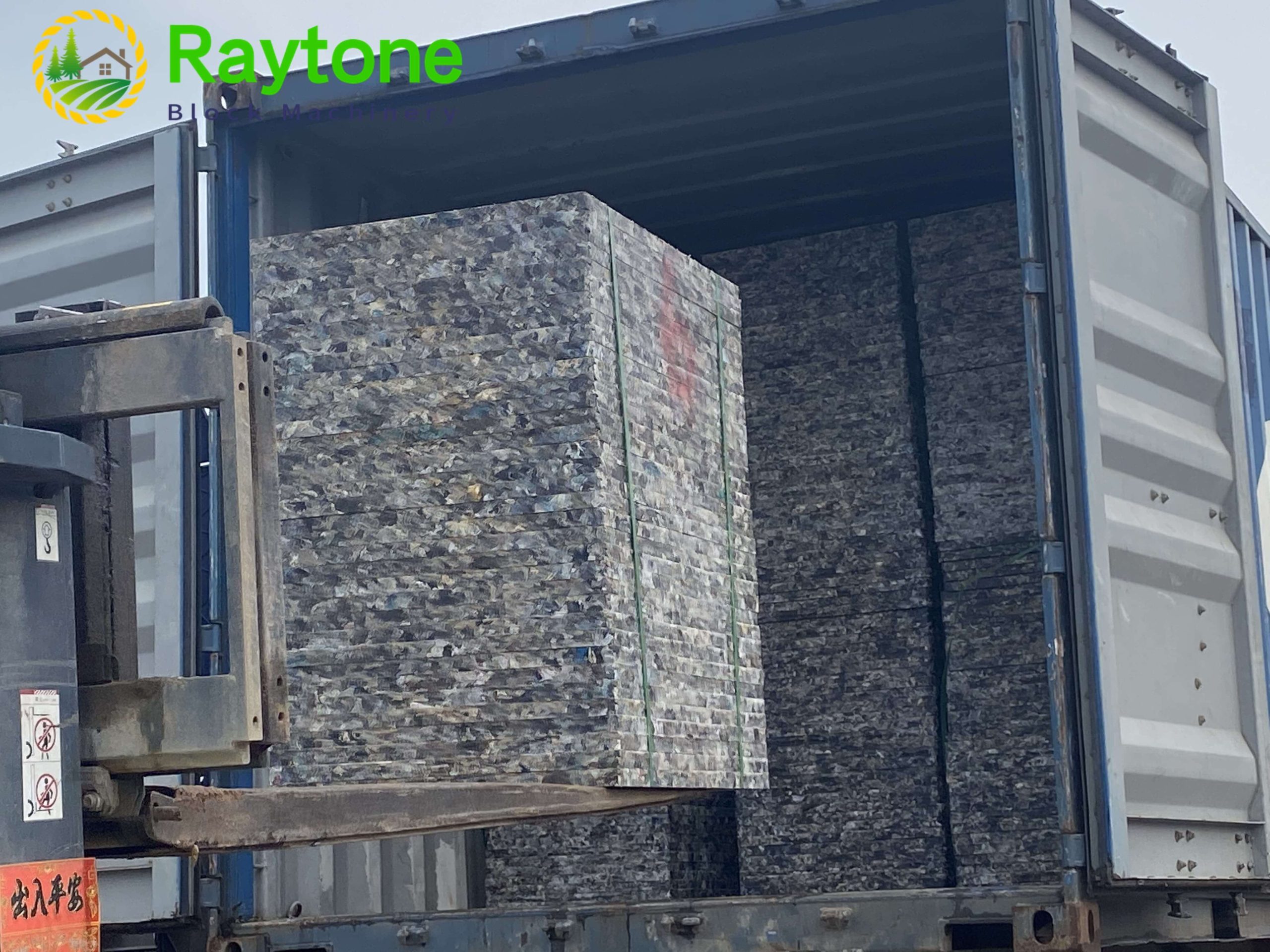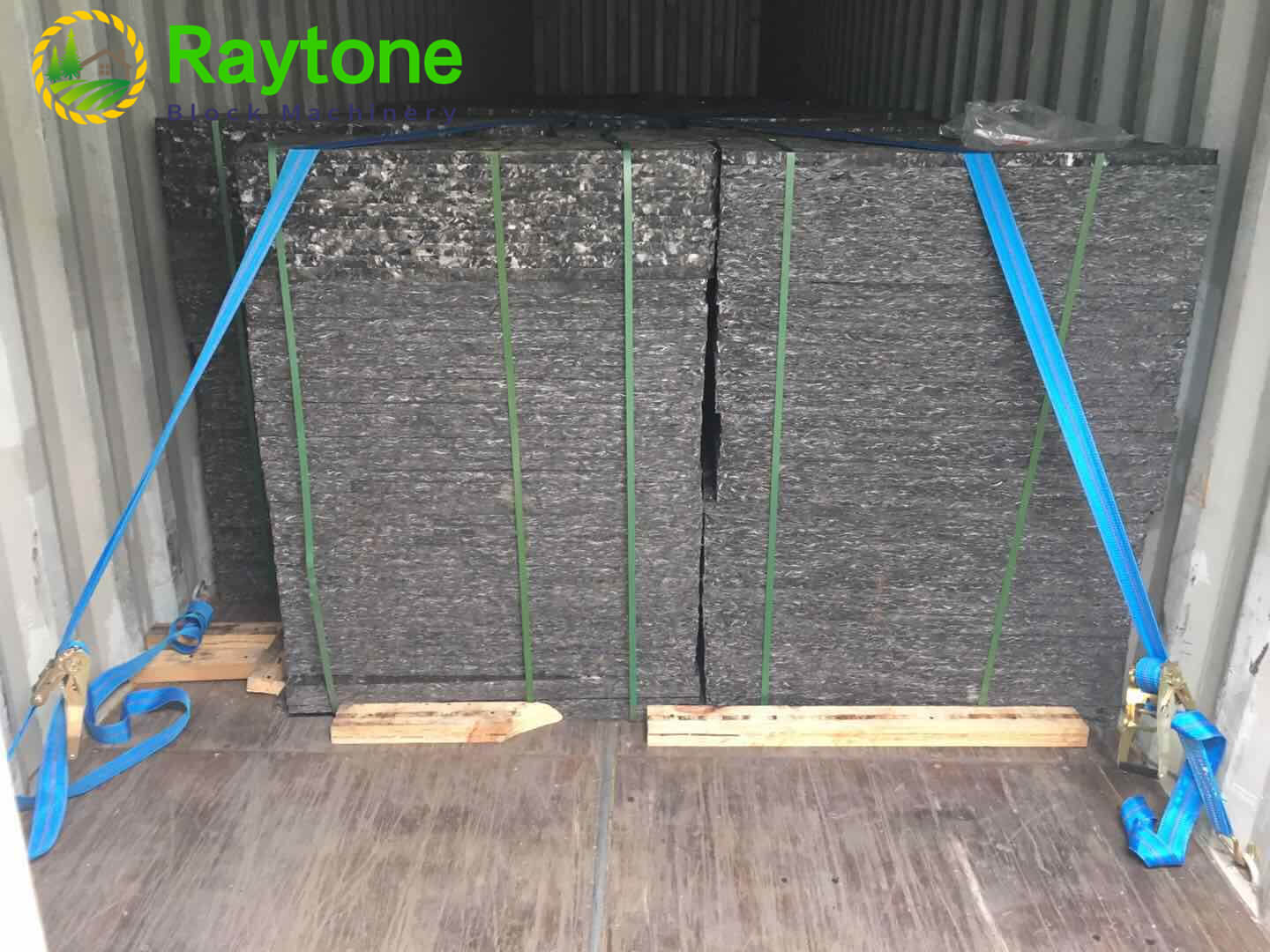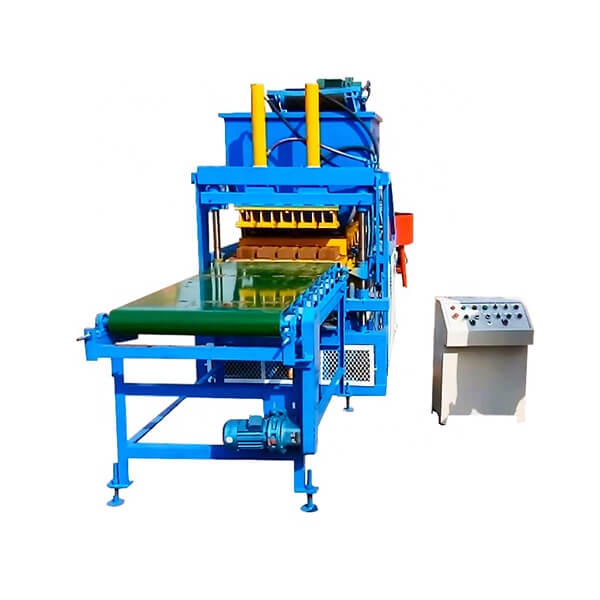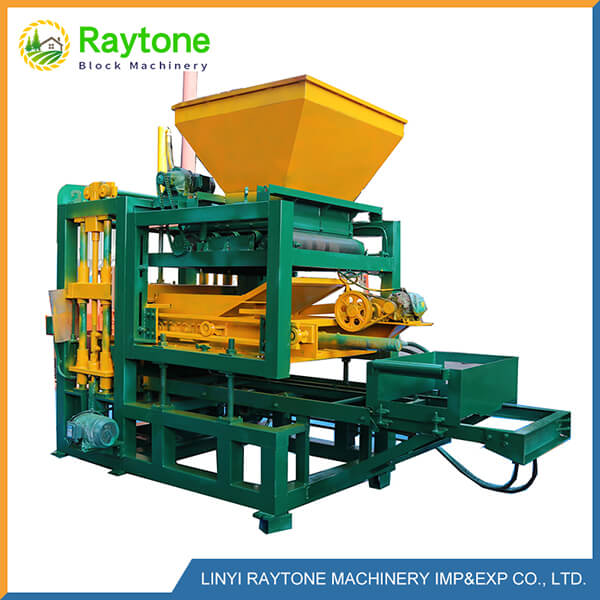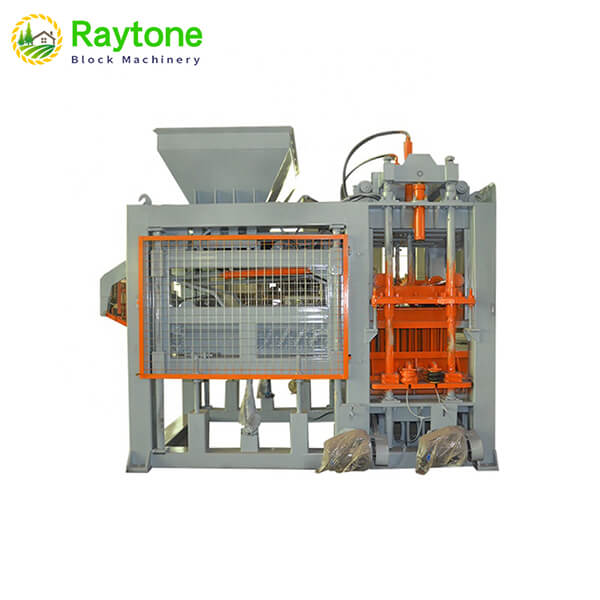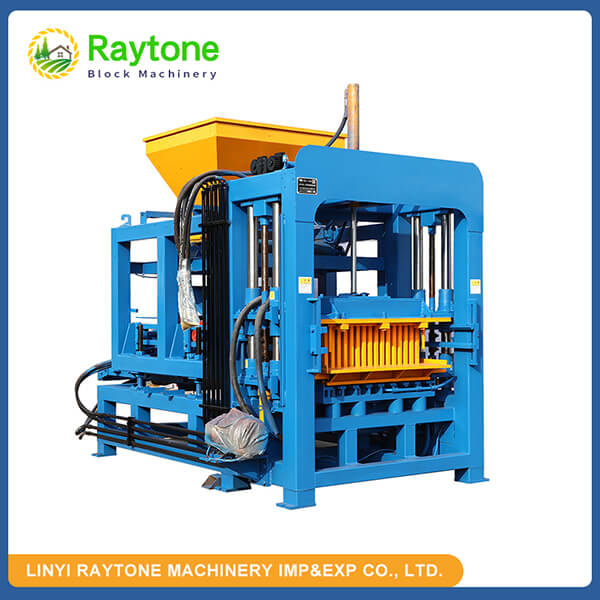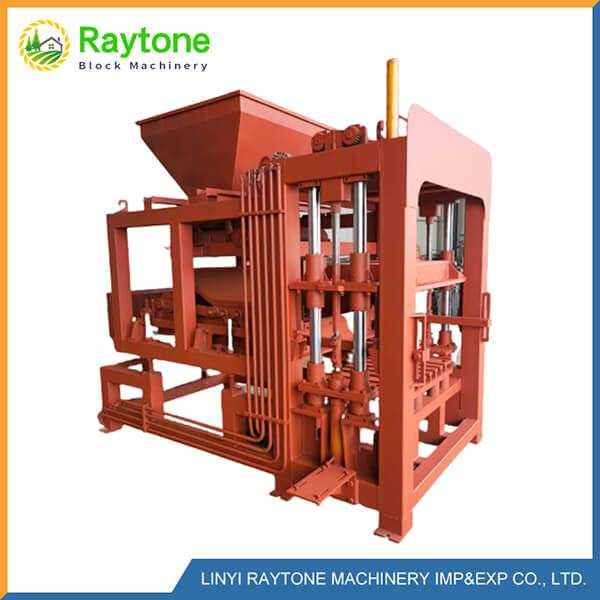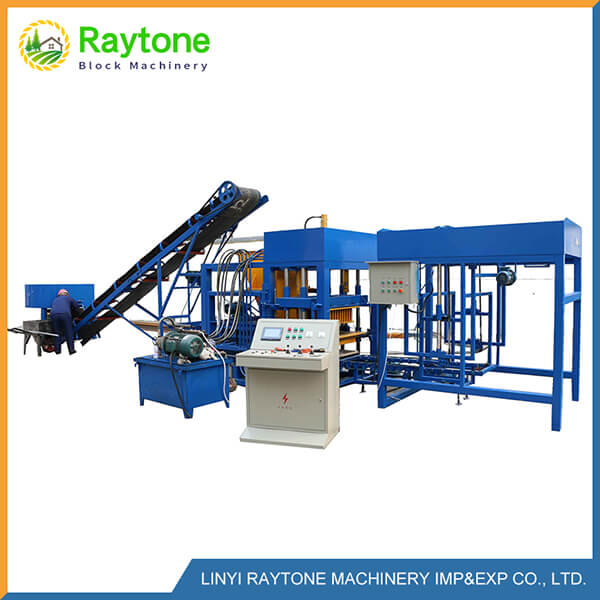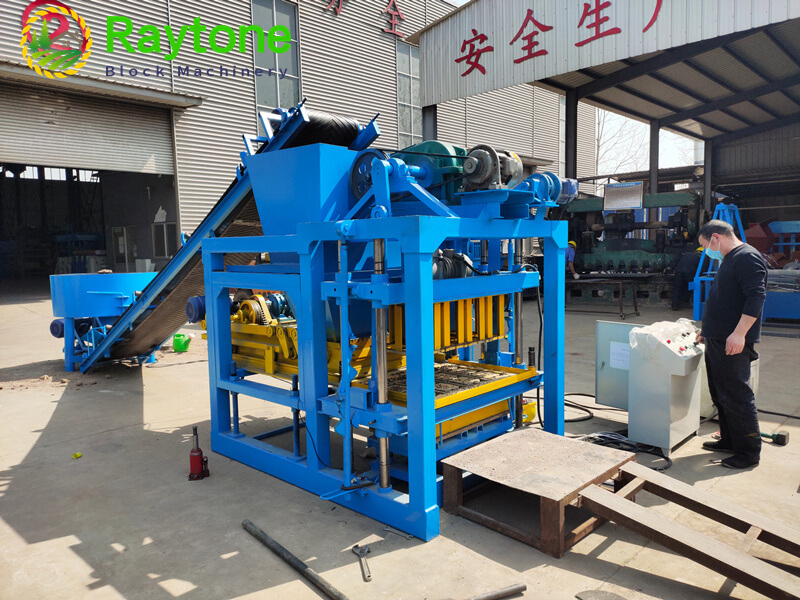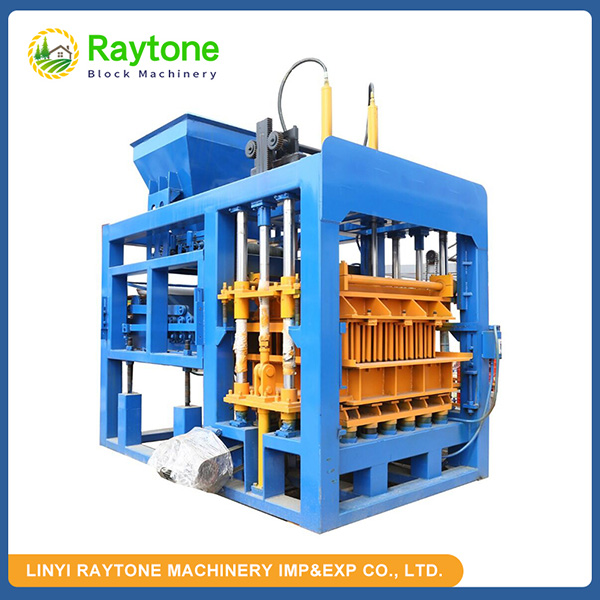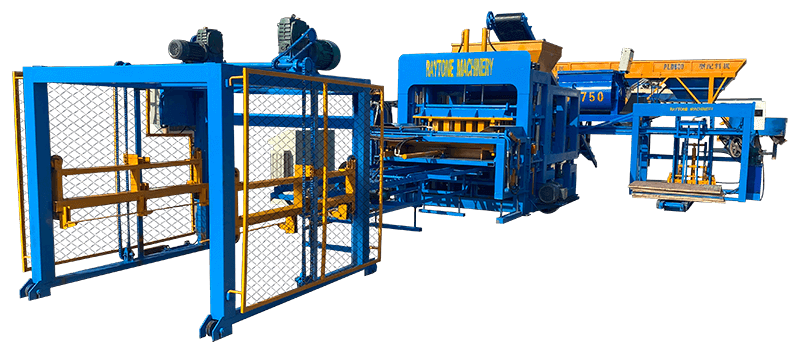Clay and concrete brick machines are both essential in the construction industry, but they serve different purposes and operate on distinct principles. The primary difference lies in the materials they process and the manufacturing techniques they employ. Clay brick machines are designed to work with natural clay, utilizing heat to create durable bricks through firing. In contrast, concrete brick machines, like those manufactured by Raytone Machinery, use a mixture of cement, aggregates, and water to produce sturdy blocks through compression and curing. This fundamental distinction affects everything from the machine design and production process to the characteristics of the final product, making each type of machine suitable for specific construction needs and environmental conditions.
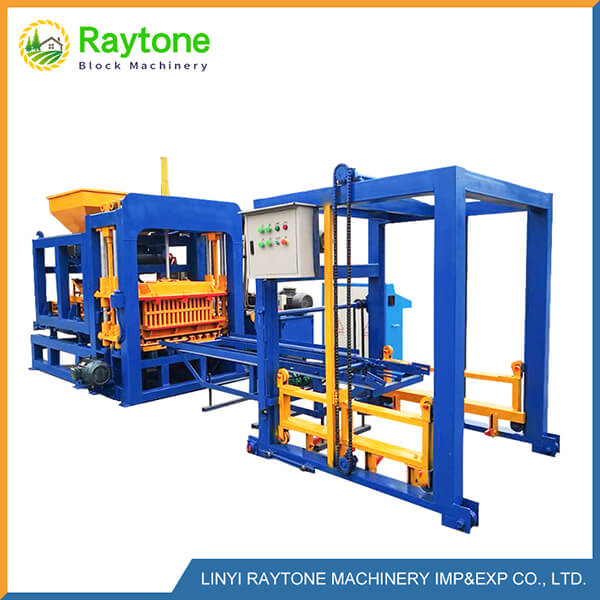
Production Process and Material Handling
Clay Brick Manufacturing Process
The clay brick manufacturing process begins with the extraction and preparation of raw clay. This material is then mixed with water and other additives to achieve the desired consistency. The mixture is molded into shape, often using extrusion methods, before being cut into individual bricks. These green bricks are then dried to remove excess moisture before being fired in kilns at high temperatures, typically ranging from 900°C to 1200°C. This firing process causes chemical and physical changes in the clay, resulting in the hard, durable bricks we’re familiar with.
Concrete Block Production Techniques
Concrete block production, on the other hand, involves a different set of steps. The process starts with mixing cement, aggregates (such as sand and gravel), and water in precise proportions. This mixture is then fed into a concrete brick machine, where it’s compacted and molded into the desired shape under high pressure. Unlike clay bricks, concrete blocks don’t require firing. Instead, they undergo a curing process where they’re exposed to controlled temperature and humidity conditions. This allows the cement to hydrate and gain strength over time, typically taking about 28 days to reach full strength.
Material Handling Differences
The material handling requirements for clay and concrete brick machines differ significantly. Clay brick machines need to handle sticky, plastic clay that can be challenging to transport and mold. They often incorporate specialized equipment like pug mills and extruders to process the clay effectively. Concrete brick machines, however, deal with a more granular, less cohesive mixture. They require robust mixing equipment to ensure homogeneous concrete and precise dosing systems to maintain consistent mix proportions. The difference in material properties also impacts the design of molds and the pressure applied during forming.
Machine Design and Operational Characteristics
Clay Brick Machine Design Features
Clay brick machines are engineered to handle the unique properties of clay. They often feature strong, wear-resistant components to withstand the abrasive nature of clay. Extrusion dies and cutting wires are critical components, designed to shape and size the clay precisely. These machines also incorporate de-airing chambers to remove air bubbles from the clay, ensuring a more uniform and stronger final product. The design must account for the high temperatures involved in the firing process, with conveyor systems capable of transporting bricks to and from the kiln safely.
Concrete Brick Machine Innovations
Concrete brick machines, like those produced by Raytone Machinery, showcase innovative design features tailored to the properties of concrete. They typically include high-pressure hydraulic systems for effective compaction, ensuring dense and strong blocks. Vibration mechanisms are often incorporated to enhance compaction and remove air pockets. Modern concrete brick machines may feature computerized control systems for precise mix proportioning and production monitoring. They’re designed for flexibility, allowing quick mold changes to produce various block sizes and shapes.
Operational Efficiency Comparison
When comparing operational efficiency, concrete brick machines generally offer higher production rates than clay brick machines. This is partly due to the shorter production cycle, as concrete blocks don’t require the lengthy firing process of clay bricks. Concrete brick machines can often produce blocks continuously, with some high-capacity models capable of manufacturing thousands of blocks per hour. Clay brick production, while potentially slower, offers advantages in terms of product customization and aesthetic variety. The choice between the two often depends on factors such as production volume requirements, available raw materials, and the specific characteristics desired in the final product.
Environmental Impact and Sustainability Considerations
Energy Consumption Analysis
The energy consumption patterns of clay and concrete brick machines differ significantly. Clay brick production is generally more energy-intensive due to the high temperatures required for firing. Kilns consume substantial amounts of fuel, often natural gas or coal, contributing to higher energy costs and carbon emissions. Concrete brick machines, by contrast, typically have lower energy requirements. The absence of a firing process significantly reduces energy consumption. However, the production of cement, a key ingredient in concrete, is an energy-intensive process that must be considered in the overall environmental impact assessment.
Raw Material Sourcing and Availability
Raw material considerations play a crucial role in the environmental impact of brick production. Clay bricks rely on natural clay deposits, which are generally abundant but non-renewable. The extraction of clay can lead to land disturbance and habitat loss if not managed responsibly. Concrete brick production uses cement, sand, and aggregates. While sand and aggregates are widely available, their extraction can have environmental consequences. Cement production is a significant source of CO2 emissions globally. However, the concrete industry has been making strides in developing more sustainable cement alternatives and incorporating recycled materials into the mix.
Lifecycle Assessment and Recyclability
When considering the full lifecycle of bricks, both clay and concrete options have their merits. Clay bricks are known for their longevity and can last for centuries with proper maintenance. At the end of their life, they can be crushed and used as aggregate in new construction projects. Concrete blocks, while typically having a shorter lifespan than clay bricks, offer excellent recyclability. They can be crushed and used as aggregate in new concrete mixes or as fill material in construction projects. The ability to incorporate recycled content into new concrete blocks further enhances their sustainability profile. Manufacturers like Raytone Machinery are continuously innovating to improve the environmental performance of concrete brick machines, focusing on energy efficiency and the use of sustainable materials.
Conclusion
The choice between clay and concrete brick machines depends on various factors, including production requirements, raw material availability, and environmental considerations. Clay brick machines excel in producing aesthetically pleasing, long-lasting bricks but come with higher energy demands. Concrete brick machines, like those offered by Raytone Machinery, provide efficient, versatile production with lower energy requirements and excellent recyclability. As the construction industry evolves towards more sustainable practices, both types of machines are seeing innovations to reduce their environmental impact and improve efficiency.
Contact Us
For those seeking high-quality, cost-effective block-making solutions, Raytone Machinery offers a range of concrete brick machines designed for performance, reliability, and versatility. Our commitment to innovation and sustainability makes us a trusted partner in the construction industry. To learn more about our products and how they can benefit your projects, please contact us at hazel@raytonechina.com.
References
- Johnson, A. (2021). Comparative Analysis of Clay and Concrete Brick Production Methods. Journal of Construction Materials, 45(3), 210-225.
- Smith, B., & Brown, C. (2020). Energy Efficiency in Modern Brick Manufacturing. Sustainable Construction Review, 18(2), 87-102.
- Zhang, L., et al. (2022). Life Cycle Assessment of Clay and Concrete Bricks: A Comprehensive Study. Environmental Science & Technology, 56(8), 4521-4530.
- Miller, R. (2019). Innovations in Concrete Block Machine Design. Construction Equipment Magazine, 72(5), 45-51.
- Thompson, E. (2023). Sustainability in Brick Production: Challenges and Opportunities. Green Building Materials Quarterly, 29(1), 12-28.
- Davis, M., & Wilson, K. (2021). Raw Material Sourcing for Sustainable Brick Manufacturing. Resources, Conservation and Recycling, 168, 105317.


